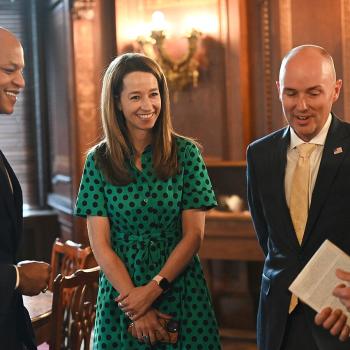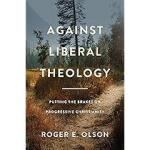Within religious education theory, this has meant an integration of the lives and experiences of the learners into the dynamics of faith formation. Most approaches to catechesis today give careful attention to the experience of the learner. This is done not merely because it serves as a helpful and interesting point of entry for the learners and an effective way to get their attention. We draw on lived experience because we believe that it is in those experiences that the presence of God is revealed to us.
The Church as People of God
A second key theme from Vatican Council II is our understanding of church. Whatever designation we use -- people of God, body of Christ, community of disciples, etc. -- the underlying theme is the same: the church is first and foremost the gathering of the baptized. To speak of church as the documents of Vatican II do is to begin with the common call of baptism and from there look to the various roles that support each of us as members and all of us as a community in living out ever more clearly that shared vocation as disciples.
This understanding of church has also brought a renewed vision of the role of the laity and the call to live as people of faith. While membership in the church and participation in parish activities is a key element of Christian living, there is also the renewed sense of the role of lay persons in bringing Gospel vision and values to the social and cultural context. More than ever, there is the recognition that we are active in our parishes for liturgy and community not for our own sakes, but for the sake of the world; we are gathered to be sent.
One of the clearest implications of this in the parish context is the emphasis on approaches to faith formation that is life-long and parish-wide. For many people, the dominant understanding of religious education or catechesis has been limited to working with children and youth. While such work is always necessary, there is a growing recognition of the importance of setting that expression of faith formation into the broader context of a faith-filled and vibrant community.
Growing Faith
That term -- growing faith -- can be taken a couple of different ways. On the one hand, we can take the word growing to describe faith. This calls to mind the dynamic and developing nature of faith. A person with faith that is growing or maturing is more and more able to address the challenges of life. She has a level of ownership of her faith and incorporates her beliefs and values in her life decisions.
"Growing faith" can also refer to a task -- like growing tomatoes or prize orchids. From our gardens we know that living things grow well only with attention and care. The same is true of faith. All members of the faith community -- and particularly parents and grandparents, teachers and catechists -- have the responsibility to nurture the faith of children and youth. In doing so, we create the kinds of vibrant parish communities that cultivate and sustain their faith and ours.
Jane E. Regan is Associate Professor of Theology and Religious Education in the School of Theology and Ministry at Boston College. Her essay was originally published in C21 Resources, a publication of The Church in the 21st Century Center at Boston College.




